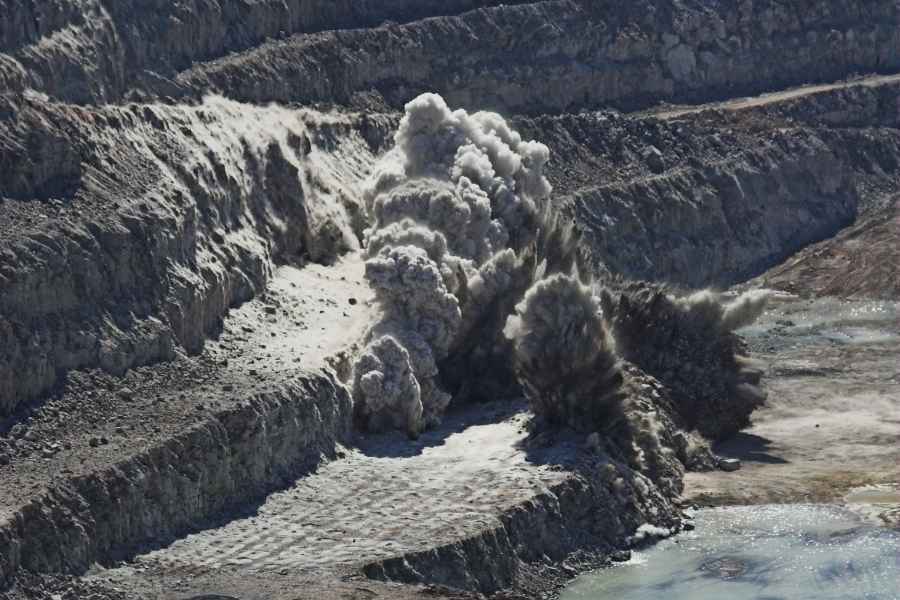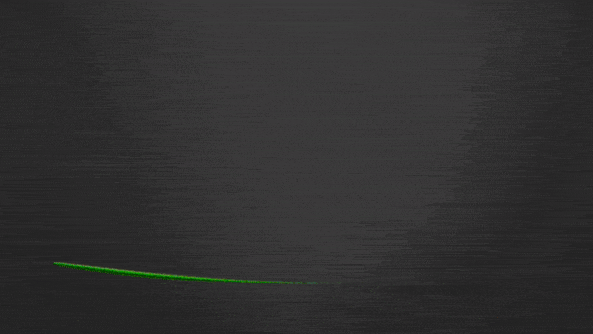As part of its continuous development of digital solutions, blasting leader BME has further enhanced its Blastmap blast planning tool with an added burden relief timing module.
“As an enabling tool for our well-accepted AXXIS electronic initiation system, Blastmap now has a powerful burden relief feature that gives the blaster better control over the shape and movement of the blasted rock muckpile,” said D. Scott Scovira, Global Manager Blasting Science at BME.
Scovira emphasised that burden relief is fundamental to good blast design, as a blaster needs to shape the muckpile to optimise the efficiency of the excavation fleet.
“If the mine is using a loader and truck fleet, for instance, the blasted rock will need to be laid out lower – and longer burden relief times tend to be used in the blast,” he said. “For a truck and shovel configuration, on the other hand, the muckpile would need to be stacked up higher, usually requiring tighter burden relief times.”
The new feature augments a range of Blastmap tools that have added value to BME’s customers for many years, integrating with BME’s AXXIS and Xplolog systems. AXXIS allows blast technicians to program a detonator with the desired time delay, while Xplolog allows users to view, capture and sync drill and blast data to a cloud database for real-time access to preparation progress on the blast block.
The capabilities of Blastmap include initiation timing design, initiation sequence simulation, blasthole loading design, fragmentation distribution predictions, vibration prediction and blasted rock range prediction.
While initiation timing design enables the design of blast initiation sequences and facilitates programming of the AXXIS system, the initiation sequence simulation allows the user to check for the correct hole firing sequence and pick up any potential out-of-sequence firings. The blasthole loading design module –covering the explosive load, booster and initiation system – is also capable of designing decked hole loading.
For fragmentation prediction – where one of three equations may be chosen – the software allows site-specific or general rock properties to be entered into an editable rock properties database. Additionally, the fragmentation models may be calibrated with data from physical fragmentation distribution measurements.
“Fragmentation distribution is vital to quality blasting, going hand in hand with a mine’s machine productivity in loading and hauling,” said Scovira. “One step further is to optimise fragmentation distribution for the crushing and milling circuit, to improve throughput and recoveries.”
The vibration prediction tool, which generates a predictive isomap of vibration levels around the blast, ensures that blast vibrations do not exceed regulatory or self-imposed environmental constraints. Blastmap also includes an advanced through-seam design module, to design explosive loads and initiation times in multiple dipping coal strata.
Tinus Strauss, senior software engineer at BME, highlights that Blastmap can use data from a range of sources.
“Data can easily be imported from third-party software through our import wizard,” said Strauss. “This allows any text-based file to be used – as well as specific formats like DXF files – conveying data on parameters such as block-out lines on benches, hole depths and charge.”





